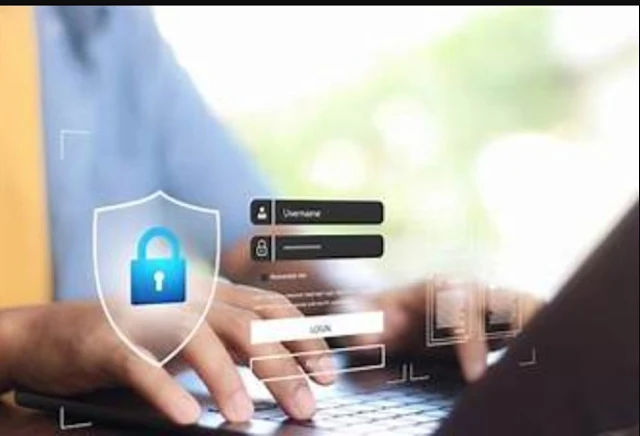In today's digital age, online security is more important than ever. With the fast growing rate of cyber threats and data breaches, it's important and crucial to take extra steps to protect your online identity. That's where two-factor authentication (2FA) comes in – a simple yet powerful security measure that can significantly reduce the risk of unauthorized access to your accounts.
What is Two-Factor Authentication?
Two-factor authentication is a security process that requires a user to provide two different authentication factors to access a system, network, or application. These factors can include:
1. Something you know (password, PIN, or passphrase)
2. Something you have (smartphone, token, or smart card)
3. Something you are (biometric data, such as fingerprints, face recognition, or voice recognition)
Read Also: Cybersecurity in 2024: The Ultimate Guide to Protecting Your Digital World"
How Does Two-Factor Authentication Work?
The 2FA process typically works as follows:
1. You enter your username and password to log in to a system or application.
2. The system prompts you to provide a second form of verification, such as a code sent to your smartphone or a biometric scan.
3. You provide the second form of verification, which is then verified by the system.
4. If both forms of verification match, you're granted access to the system or application.
Why is Two-Factor Authentication Important?
Two-factor authentication is essential for protecting your online identity and preventing unauthorized access to your accounts. Here are some reasons why:
1. Passwords are not enough: Passwords can be easily guessed, cracked, or stolen. 2FA adds an extra layer of security, making it much harder for attackers to gain access to your accounts.
2. Phishing attacks are on the rise: Phishing attacks involve tricking users into revealing their login credentials. 2FA can prevent phishing attacks by requiring a second form of verification.
3. Data breaches are common: Data breaches can result in the theft of sensitive information, including login credentials. 2FA can prevent attackers from using stolen credentials to access your accounts.
Types of Two-Factor Authentication
There are several types of 2FA, including:
1. SMS-based 2FA: This involves sending a one-time password (OTP) to a user's smartphone via SMS.
2. Authenticator app-based 2FA: This involves using an authenticator app, such as Google Authenticator or Microsoft Authenticator, to generate a OTP.
3. Biometric-based 2FA: This involves using biometric data, such as fingerprints, face recognition, or voice recognition, as a second form of verification.
4. Hardware token-based 2FA: This involves using a physical token, such as a smart card or a USB token, to generate a OTP.
Best Practices for Implementing Two-Factor Authentication
Here are some best practices for implementing 2FA:
1. Use a combination of authentication factors: Use a combination of something you know, something you have, and something you are to provide strong authentication.
2. Implement 2FA for all users: Implement 2FA for all users, including employees, customers, and partners.
3. Use a secure authentication protocol: Use a secure authentication protocol, such as OAuth or OpenID Connect, to authenticate users.
4. Educate users about 2FA: Educate users about the importance of 2FA and how to use it effectively.
Conclusion
Two-factor authentication is a simple yet powerful security measure that can significantly reduce the risk of unauthorized access to your accounts. By implementing 2FA, you can protect your online identity and prevent cyber threats. Remember to use a combination of authentication factors, implement 2FA for all users, use a secure authentication protocol, and educate users about 2FA.


